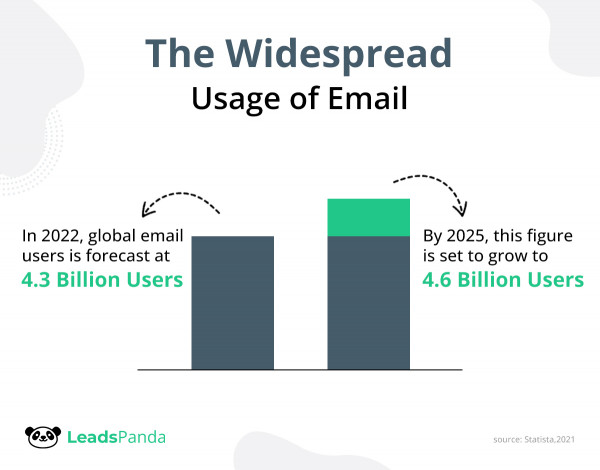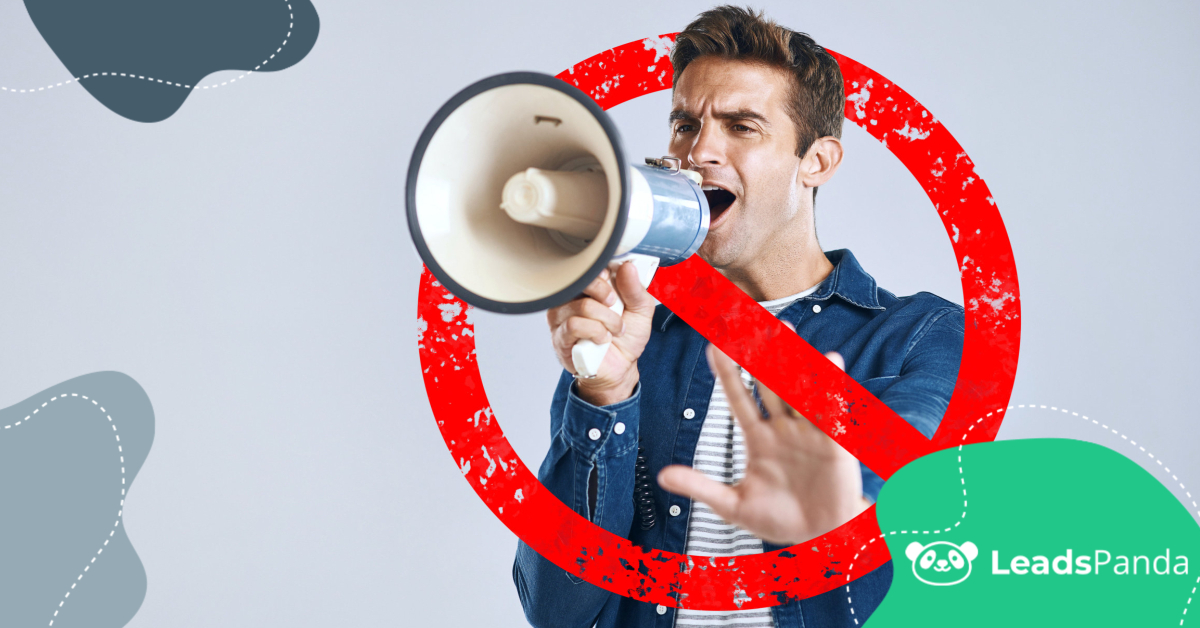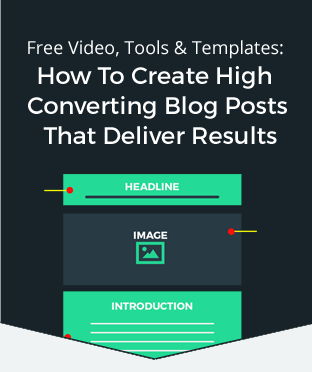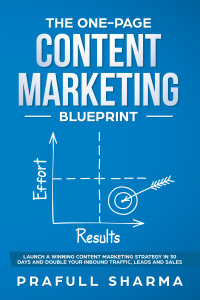Simple Tips to Master Writing Copy for Newsletters
By 2025, email use is expected to grow to 4.6 billion. What does this statistic mean for content marketers? That email marketing is an important aspect of content marketing that brands shouldn’t miss out on.
A newsletter, therefore, is a great way for brands and businesses to stay in consistent contact with their audience or introduce themselves to prospective customers. It’s also an efficient way to communicate and inform your subscribers about what’s happening with your brand.

But take note: writing copy for newsletters requires a balance between creativity and strategy. Like a lot of the content that you produce for content marketing, writing copy for newsletters involves capturing the attention of your audience, engaging them, and convincing them to take action. An effective newsletter can inform your customers about your brand, introduce a new service or product, encourage them to share content, compel them to subscribe to something, showcase recent business accomplishments, or announce exciting promos or offers.
There are three important components you should always consider when writing your newsletters:
1. Your Subject Line
The first thing your intended recipients see when they receive your newsletter is your subject line. It essentially serves as a quick peek into what they can expect when—or if— they open your email. This means if you’re writing copy for newsletters, you have to pay extra attention to your subject line to convince your audience that it’s worth clicking on your email and reading what you have to say.
You can do this by posing a question that piques their interest, using a funny one-liner to incite emotion from your readers, or making the subject line more eye-catching by adding their name or emojis so it stands out from the rest of their emails.
2. Your Body Copy
Writing copy for newsletters doesn’t mean you’re at liberty to simply send a wall of text for your audience to read and understand. You want your readers to be interested in what you have to say and your email to reflect key elements about your brand personality.
For example, clothing brand Levi’s overall image is laid back and relaxed, but they still manage to get their subscribers excited about what they have to offer through a very thoughtful choice of words.

Sample Levi’s newsletter
In contrast, Harvard’s Health Publishing arm, which already has a strong following and has to maintain its publication’s credibility, takes a more serious and professional tone.

Sample Harvard Health newsletter
3. Your call-to-action (CTA)
A catchy subject line will get your readers to open the email, and copy that’s engaging and well-written will capture their attention and prompt them to read what you have to say. However, success boils down to you being able to compel them to take positive action on the interest you just generated.
That’s where a CTA comes in.
A good CTA can convince the recipients of your newsletter to subscribe, make a purchase, visit a site, and so on. You’re prompting them to act, and the way you phrase and design your CTA will give them a nudge in the right direction.
Putting it all together
Now, here are actionable tips that you can try:
1. Get To Know Your Audience
When you’re writing for a specific audience, you have to know exactly who they are—you won’t get the results you need if you’re writing to the wrong people. For example, if you’re sending a newsletter about summer fashion trends, your tone, copy, and products may not be relevant for a demographic that is located in colder climates.
Knowing your audience gives you the key to understanding what kind of content your subscribers want to read. Customizing your tone and approach can help you write and structure your entire newsletter to fit your readers’ profiles.
2. Format Your Newsletters For Skimming
Remember the Harvard Health newsletter above? It’s very rare for a brand or business to successfully engage readers following that format. Their emailers are quite text-heavy and it’s likely that they are only able to get away with it because they have a very loyal, intellectual subscriber base who follow them based on a reputation built on decades of authority and credibility across numerous subjects, health being one of them.
If you’re a brand or business, especially if you’re new and still establishing yourself, you need to first let your subscribers know that their attention is valued and that you have something valuable to say. This means formatting your newsletter in such a way that they will be encouraged to read everything in it.
Some ideas:
- Personalize your newsletters by adding their names at the beginning of the newsletter.
- Customize the subject lines by adding their first name.
- Add images and other multimedia that help break up the text.
- Add lots of bullets throughout the copy of the newsletter.
- Use a conversational tone.
- Write in short, bite-sized sentences.
3. Be Clear, Consistent, and Concise
Sometimes we know our brands so well that we tend to overload our readers with information. Remember, as much as you want to inform and educate your subscribers about a new product or service, clarity should always come first. Don’t inundate them with information that will only lead them to send your email to the trash—or worse, unsubscribe.
Be consistent in your writing style and keep your newsletter short and interesting. Remember, most emails are now read on mobile devices than on desktops. Make sure your newsletter will look great regardless of what device your readers are reading them on.
One Final Tip:
Optimize the scheduling of your newsletter.
You want your newsletters to go on top of the emails readers receive daily. If you don’t time your mailing properly, it will likely get buried in a pile of emails and be forgotten.
If you want to learn more, reach out to us. Book a consultation with LeadsPanda to find out how we can help you.
For any questions, leave a comment below or check out our LinkedIn or Twitter.
Share This Story
Get the latest growth ideas, strategies, and best practices delivered to your inbox.
Quick read that helps 7000+ subscribers.









